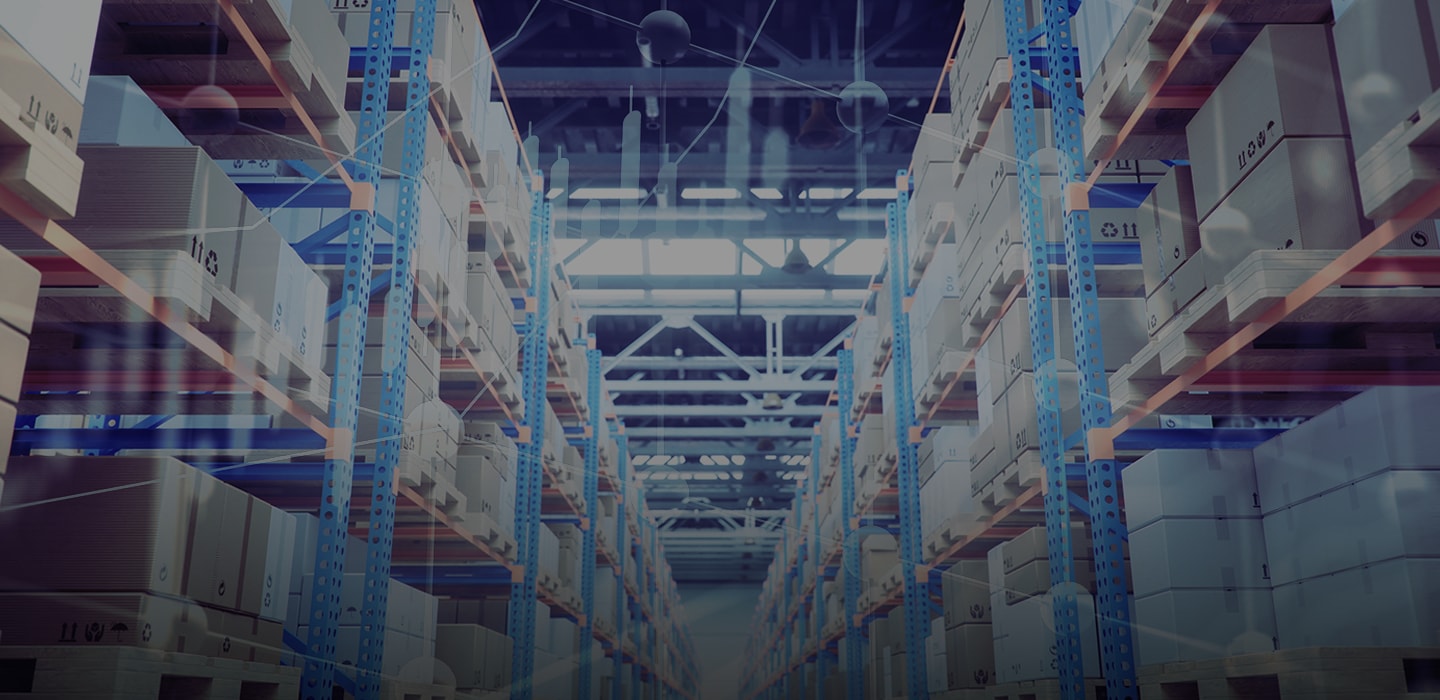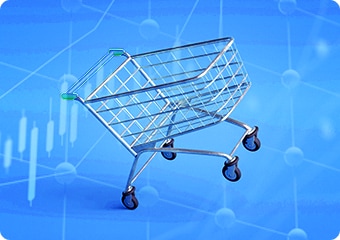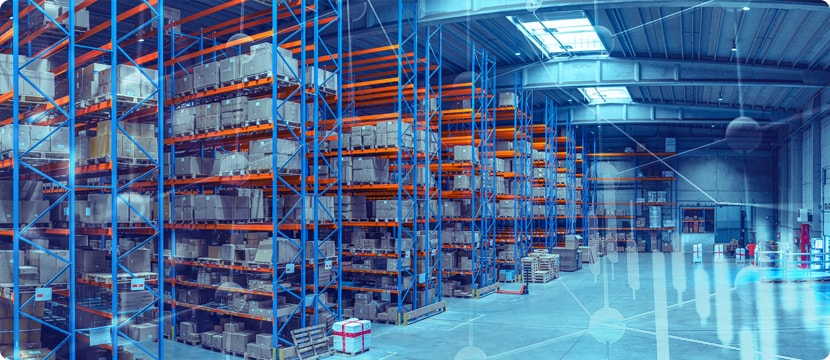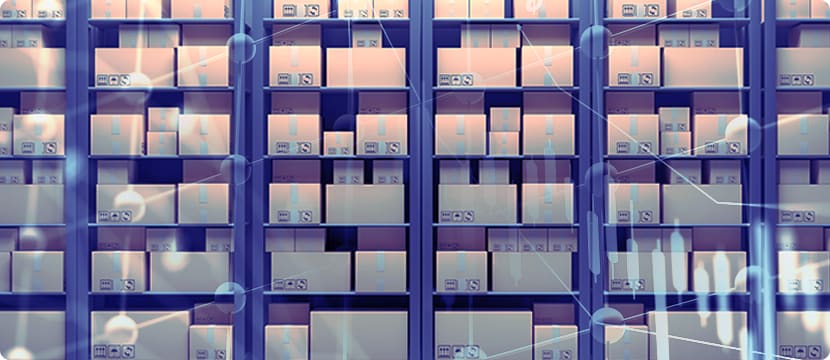

Explore the supply chain revolution through real-time demand sensing. Learn how real-time data-fueled AI reshapes agility, efficiency, and customer responsiveness for modern enterprises and can render their supply chains ‘shock-proof’.
Today’s CPG, manufacturing, and retail enterprises are facing their Netflix ‘point of inflection.’ A media company that started as a DVD-by-mail rental service, was faced with the winds of change when the digital streaming era emerged on the horizon. Much like the industries in the CPG and manufacturing sectors, Netflix faced the challenges of changing consumer preferences and the rise of digital technology.
Netflix provides a textbook case study on successfully embracing change. Enterprises for whom the supply chain is the lifeline of their business will do well to draw a leaf out of Netflix’s story that predominantly revolves around ‘The Data First Approach.’ Supply chain disruptions, such as those caused by the COVID-19 pandemic, natural disasters, or geopolitical events, have exposed vulnerabilities in global supply chains. Omni-channel retailing has introduced a new layer of sophistication. All these changes in the landscape have prompted a revisit to make the supply chain more agile and resilient.

The increasing need to sense demand Real-Time
One, ‘customer demand’ has always been at the crux of how a supply chain works. Supply chains commonly operate in the de facto mode of using last year’s demand for demand forecasting. However, disruptions caused by COVID-19, and turmoil across key geographies have played havoc with the supply chains. It has exemplified the over-reliance on demand forecasting and subsequent lack of resilience and agility in supply chains to bear the brunt of disruptive events.
Two, the increasing need to cater to both in-store and online customers and the whole gamut of new fulfilment methods like BIS, BO, BOPIS, ROPIS, BORIS, and BOSFS, have stretched the prediction models in new directions. Demand forecasting and inventory placements just got more complex!
The case for demand-sensing
Demand sensing, unlike demand forecasting, uses data acquired, days and even just hours ago to make spot-on short-term predictions about the demand for goods and services. This is imperative for customers and brand owners in the fast-moving CPG, Manufacturing and Retail space.

Getting demand sensing to work for you
Only a data-first approach powered by end-to-end digitalization allows swift and seamless data sharing with all stakeholders in a product’s ecosystem. Suppliers upstream can track stock, plan, and expedite inventory replenishment across stores by gaining near-instant access to ‘customer demand’ data.
For instance, large retailers like Amazon and Walmart (with its Luminate program) are moving away from portal download to sharing the data with brands in near real-time through API-driven digital integrations. Enterprises like Carrefour and Instakart are leveraging cloud platforms and big data stores for the same.
The number one challenge faced by enterprises is the heterogeneity of data and data sources across the stakeholders. Procuring data from hundreds of channel partners across geographies, each of whom uses disparate systems and software, is a mammoth task. Having obtained the data, next comes the task of scrubbing the data and transforming it to make it consumption-ready to enable upstream suppliers to extract insights from it.
The second challenge is the new need for enterprises and brands to run large, heavily staffed, complex IT programs at scale to continue to reap the benefits of demand sensing.
You can address both these challenges by using off-the-shelf AI-powered demand-sensing solutions. These customizable solutions come with inbuilt capabilities, domain expertise and enable automation, thereby reducing the time and effort needed to acquire and process data. They provide brands and enterprises with rich insights that can be translated into action.

Improving Outcomes with Real-Time Data
Real-time data is the real deal! Real-time data is like the lubricant that does away with the friction points in your supply chain. It drives home at least five distinct advantages.
- Efficiency Revolution: Automation and AI/ML technology can transform data from heterogeneous systems into consumption-ready data that you can swiftly push to suppliers, significantly reducing processing time from weeks to mere minutes, thereby enhancing your supply chain’s responsiveness.
- Swift Data Flow: The enterprise and its suppliers obtain store sales and inventory data, the very next day, enabling swift, data-driven decision-making.
- Data Precision: Suppliers can predict future sales based on past trends and ensure data accuracy by quickly validating information within hours. For instance, P&G reported a reduction in forecast errors by up to 50%1.
- Customer-Centric Responsiveness: Enterprises can leverage real-time sales and inventory information to promptly adjust to evolving consumer preferences and enhance their execution and planning strategies. Walmart has introduced a weekly demand-sensing program that connects all its North American stores across the USA, Canada and Mexico to its vendor ecosystem to drive down uncertainty in its supply chain2.
- It also tames the bull-whip effect common in traditional supply chains where supplier variability upstream is often 200% more than the actual customer demand downstream3. Direct visibility of end customer demand is relayed to upstream suppliers mitigating this phenomenon.
Loved what you read?
Get practical thought leadership articles on AI and Automation delivered to your inbox


Loved what you read?
Get practical thought leadership articles on AI and Automation delivered to your inbox
Connected Supply Chains
Supply chains are increasingly globalizing, and the demand for connectivity continues to grow. While connected supply chains augur well for customers, they also are susceptible to the domino effect when black swan events disrupt business. AI-powered demand sensing can ensure connected supply chains stay resilient in ensuring business continuity while staying agile to adapt to changing scenarios.
Disclaimer Any opinions, findings, and conclusions or recommendations expressed in this material are those of the author(s) and do not necessarily reflect the views of the respective institutions or funding agencies



